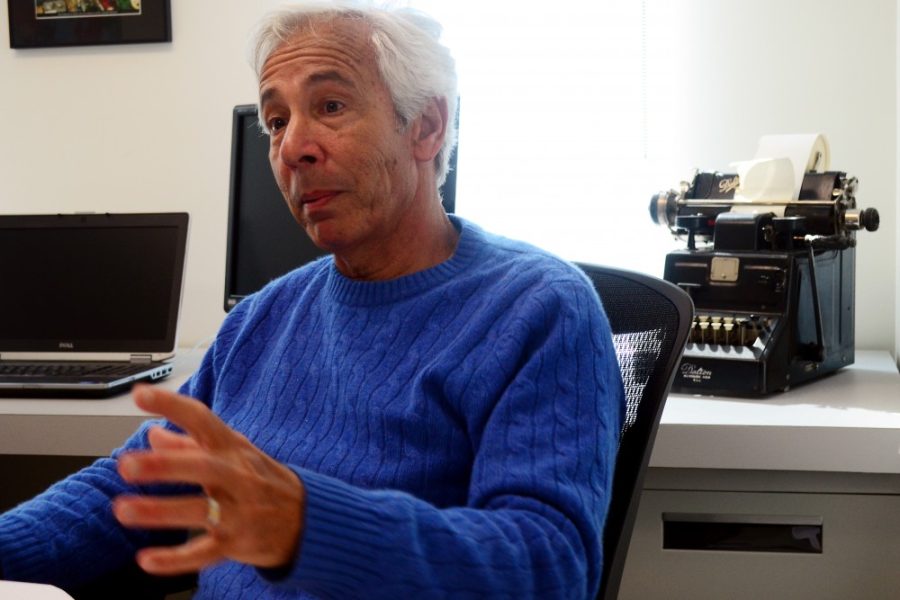A new class at the UA is seeking to help students close the gap between their ideas and the marketplace.
Technology, Entrepreneurship and Commercialization teaches students how to connect inventions and marketing. The class, which debuted this year, is taught by Art Padilla, a professor of leadership and management.
“They’ve been playing around with this for a while,” Padilla said. “They’ve been trying to formalize it and make it more systematic. We’re also going out to the colleges, college of sciences and such, and visiting with professors and trying to get them to know about the class and expand that list of projects.”
A gap of sorts exists between technology and business. The UA has resources to perform research and create new inventions, but is not as capable as businesses and enterprises in marketing the products being produced. Many projects get dropped between the two sides of the gap, in an area known as the “Valley of Death.”
“And so this course, and other efforts at the university, is designed to bridge that Valley of Death,” Padilla said.
The first half of the class consisted of lectures and speakers, such as CEOs, lawyers and former corporate vice presidents from major corporations.
“I’ve enjoyed the speakers that have been brought in,” said Joshua Dow, a business administration graduate student.
Padilla said that the class is about “ideation,” or brainstorming creative ways to view an invention and expand its possibilities. Afterward, students evaluate the ideas and develop one or two through their major project.
According to Tony Caldwell, a law student, there are two steps to this process.
“What we do is we take a list of inventions that are super raw, and we look at it and say, ‘Is there a way we could make money with this?’ That’s step one,” Caldwell said. “And step two is, ‘If we can make money, how would we do it?’”
Caldwell and his team are currently working on a technology called a mortality review system, which is software that helps automate the process of reviewing deaths, allowing doctors or other people to mine the data and extrapolate trends. Caldwell said he believes that this software would be helpful in decreasing the number of deaths in a hospital due to hospital-acquired infections.
“[A hospital] would be able to reduce the number of infections by identifying where in that process did the person pick up that infection,” Caldwell said. “What this does is allow you, way more efficiently, to take a look at every single death.”
Dow and one of his partners, Christy Wyles, a library science and information management graduate student, are also working with a computer program.
“[It is] an algorithm that will eventually sell to a company that makes routers and line cards,” Wyles said, “and it will increase the efficiency and the problems they’re having with overloading too much information going through the routers and the line cards.”
Dow said the course has ambiguous elements and may be a bit frustrating, but that those challenges can help students grow.
“It’s a good thing to have to deal with that from time to time and learn how to work through it,” Dow said, “because it’s not unlike what we will experience … in the workforce.”
In addition to business and real world applications, students said the course has also taught them much about diversity and teamwork.
“The value is that you bring all those folks together, and you have a variety of perspectives and backgrounds,” Caldwell said.









